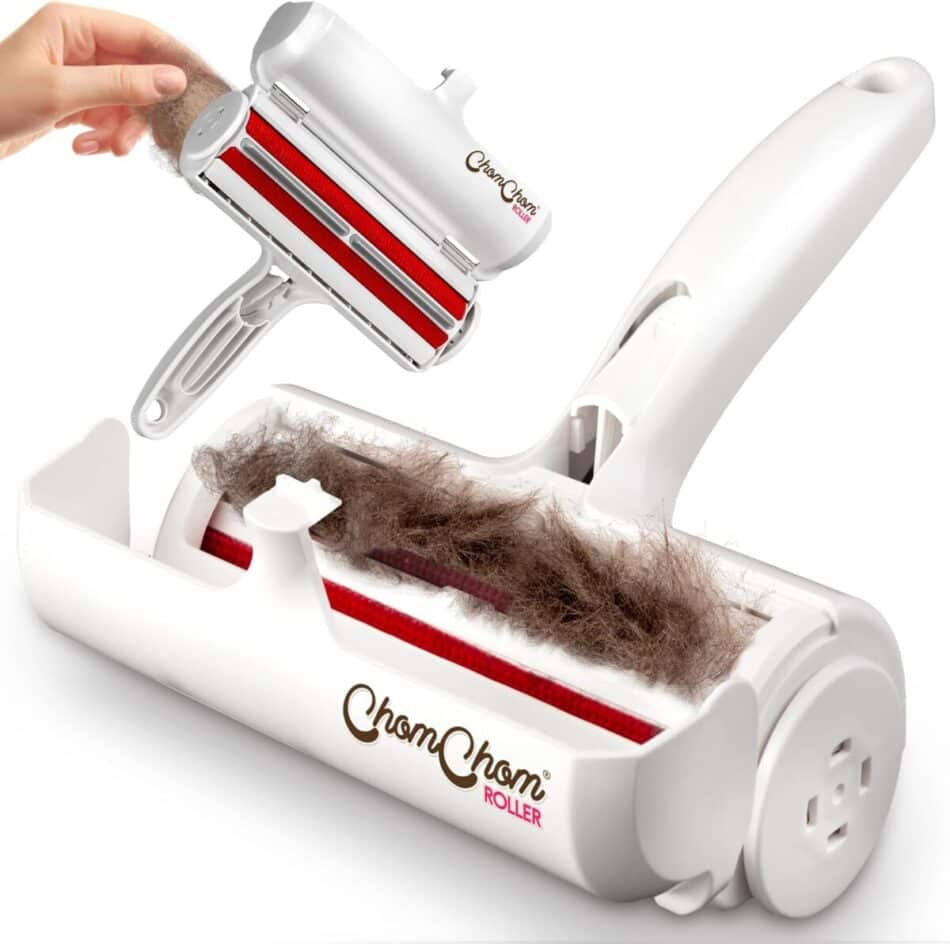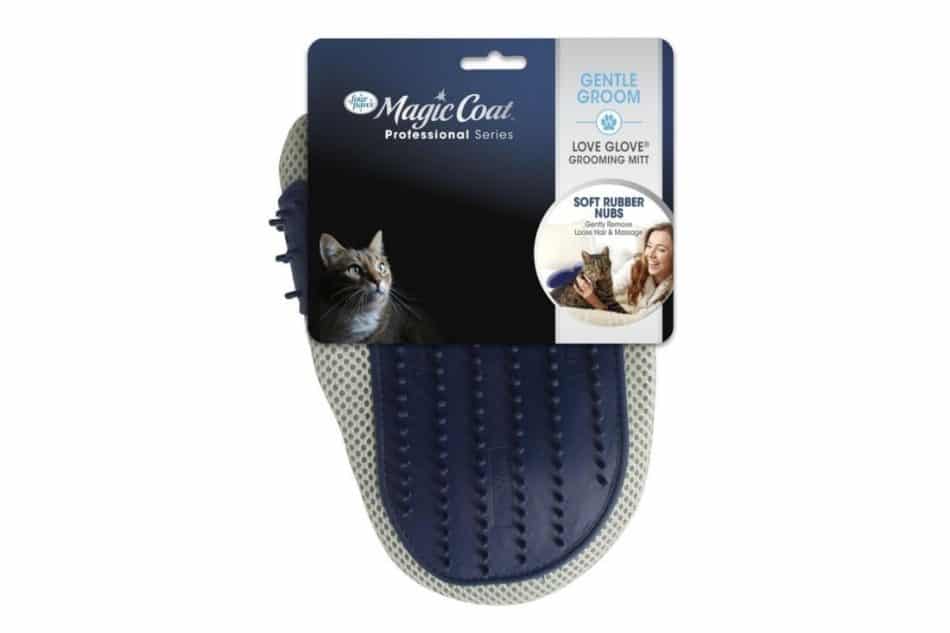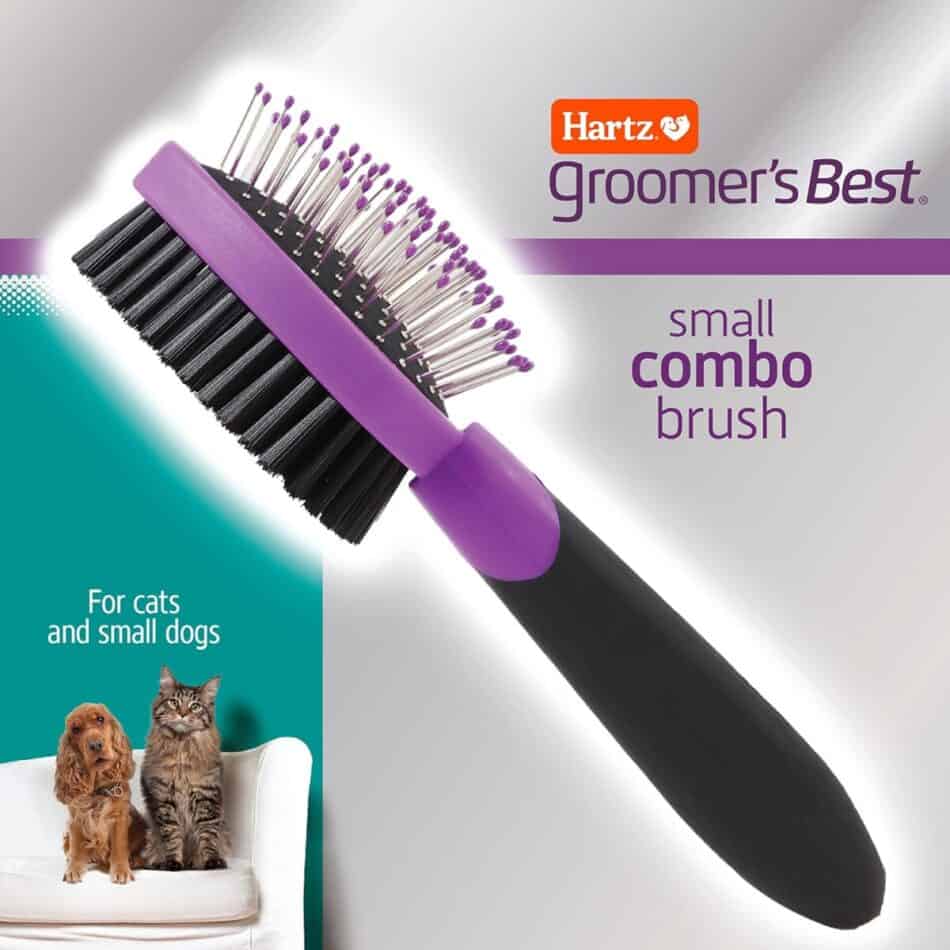Table of Contents
Do Cats Shed More Hair in Summer?
Cats shed some hair year-round, if for no other reason than to simply remove dead hair.
For outdoor cats, there is more shedding in Spring and Fall due to the changes in sunlight and temperature they are exposed to that initiates that shedding. The primary factor is actually the changes in the hours of sunlight, a process known as photoperiod.
For indoor cats who live under artificial light and in controlled temperature conditions, the extent of the shedding is generally not seasonal.
8 Ways You Can Reduce Cat Hair in Your Home
1. Provide multiple cat beds with removable covers. The plan is that your cat will choose the cat beds rather than the furniture. The removable covers make the beds easy to clean. This puts you somewhat in control of where the hair is going, and makes it easier to remove that hair when it is left there by your pet. A great cat bed with removable covers is featured on my blog post How to Choose a Cat Bed
2. Get your kitty a cat tree. As with the cat beds, we are trying to direct where the hair is going and keep the kitty away from places that are difficult to clean, such as sofas and bed spreads. Occasionally clean the perches on the cat tree with a pet hair roller or a vacuum or a grooming glove. Get some very important information on cat trees when you visit my blog post How to Choose a Cat Tree
3. Even after you provide multiple cat beds and a cat tree, your cat may seek your company by lying on the bed or sofa. Provide a towel or small blanket spread out for them next to you. You can clean the towel or blanket with a pet hair roller and then run it through the wash. (See instructions down below in the section titled How To Wash Cat Hair From Beds And Blankets..)

Chom Chom Roller Pet Hair Remover
4. Avoid leaving your clothes laid out on the bed. Your cat will probably lie down on those clothes and leave hair on them.
5. Where you have wood or tile floors, dry mop when needed and hand remove the kitty hair from the mop. A microfiber mop can do a good job.

6. Where you have carpeted floors, vacuum as needed and then clean out the vacuum canister or dispose of the bag on your vacuum cleaner.
7. Regularly brush your cat with a grooming glove.

Four Paws Magic Coat Grooming Mitt for Cats
8. Regularly brush your cat with a brush. The brush shown here is a combination Pin Brush and Bristle Brush. (For an explanation of these terms see down below.)

Hartz GROOMER’S BEST Combo Brush for Cats
6 Reasons to Brush Your Cat’s Hair
- To remove hair your cat might swallow when self-grooming.
- To remove hair that could end up somewhere in your home.
- To inspect your cat for matted hair.
- To inspect your cat for fleas and wounds.
- To bond with your cat.
- To do something your cat will probably enjoy
Types of Cat Hair Brushes
Pin Brush
The pin brush pad and handle is often quite similar in design to a typical human hair brush. It has metal bristles similar to the slicker brush, except that there are small protective balls on the tips of the bristles and the bristles are more widely spaced.
Bristle Brush
The word bristle is used to describe both a component of a brush and a type of brush. This brush has tightly spaced flexible bristles which may be synthetic. It’s pad, handle, and bristles are all very similar to a human hair brush. It is mostly used for surface grooming as opposed to deep grooming.
Rake
This grooming tool can look very much like a miniature garden rake. It is typically used for deep grooming. The rake should be used with care else the metal teeth scratch your cat’s skin.
Slicker Brush
This brush often has a rectangular or oval-shaped pad with a handle attached. The pad has thin metal bristles that are spaced quite close together. It is considered by many to be an efficient cat grooming tool. The slicker brush should be used with care else the metal bristles scratch your cat’s skin.
How To Wash Cat Hair From Cat Beds and Blankets
- Give the items a good going over with the pet hair roller.
- Then wash the items. Consumer Reports recommends putting the items in a clothes dryer to shake off some of the cat hair before putting the items into the washer. Add a dryer sheet to reduce static that could cling the cat hair to the items, then do a short no-heat dry cycle.
- Put the items into the washer and do a cycle.
- Make sure the dryer has cooled
- Clean the lint filter on the dryer.
- Wipe the dryer drum with a damp paper towel.
- Run the items in the dryer.
- Make sure the dryer has cooled
- Again clean the lint filter and wipe the drum.
- Rejoice that you have controlled some of your cat’s hair.
What Kinds of Hair do Cats Have?
According to Cats International, there are three types of cat body hair:
- down hairs – These hairs are closest to the skin and help keep your cat warm. “They are the shortest, thinnest, softest, and most numerous of the hairs.”
- bristle hairs – These are also known as awn hairs. “The stiffer bristle hairs form the middle coat. They lie between the soft underfur and the guard hairs of the topcoat.”
- guard hairs – “The guard hairs form the protective topcoat. They are the longest, thickest and straightest of the body hairs and serve to protect the underfur from cold and wet weather.”
Many cats do not have all three of these types of body hair. Many have two, some have only one. There is a wide variation about this depending on the cat’s ancestry.
Would You Like to Know More?
For more about the good life with cats, visit my blog post Living With Your Cat
